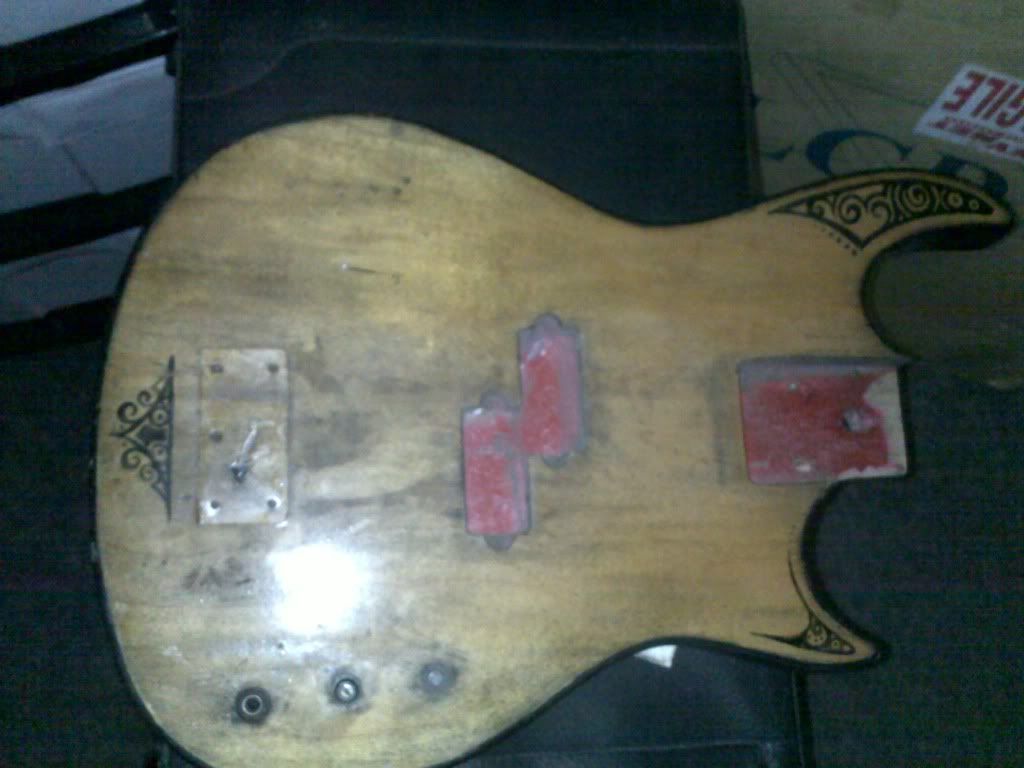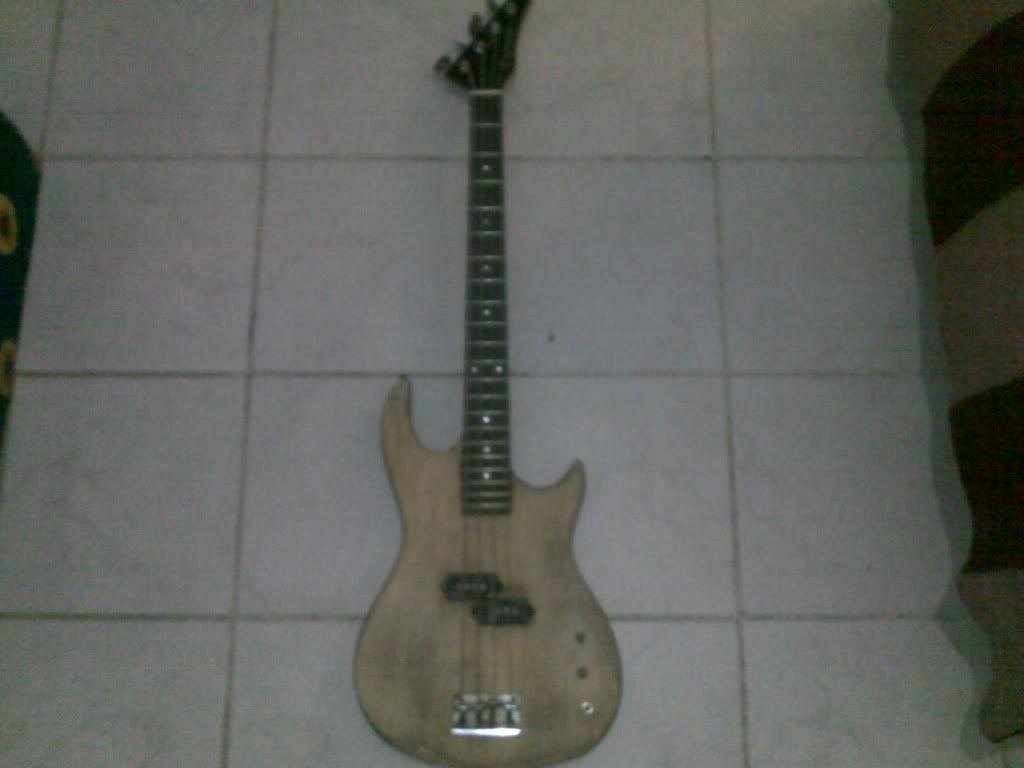Just another quick question, I put everything back together and it's working fine, just the volume is very low, I have to crank the volume knob all the way on my amp to hear it play at a volume around 25% of what I would get out of my electric (when I crank it almost halfway it's insanely loud normally with my Ibanez RG321mh). But what I noticed is that when I plug the bass into a pedal (I have a flanger and a metal zone pedal, it doesn't matter which I plug in) the volume is MUCH louder ,which is what I want , even if the pedal is dis-engaged (ie the led is off) but plugged into the power, then its window rattling time just about. Is this normal for bass pickups to require a pedal to play loud or could there be something else wrong? I have a Vantage 50W Combo amp with hi and low (I use the low for the bass and hi for my Ibanez) inputs , it's very old so maybe that's also the issue? I have in the past plugged in into the hi input to test and the volume remains the same.
Any ideas?
Here's some pics of the bass (I should have done proper photo's of all that was stuffed on it, but I was too eager to strip it down lol...)
Here's the before pic

And after (I know it doesn't LOOK much better, but I straightened the neck with steam and weights (and had to loosen the truss rod because someone tightened it so much that it put a crack in the neck) and sorted out the tuning heads,redid the wiring, nut, bridge, jack (shiny!), adjusted the pickup heights and put on some new strings. Sounds awesome when it's playing at the right volume!) It's obviously been sanded down a few times before because I went straight through the wood grain layer on the top in some sections with my trusty sander,oops... Guess I'll have to paint it black or something at a later stage.
